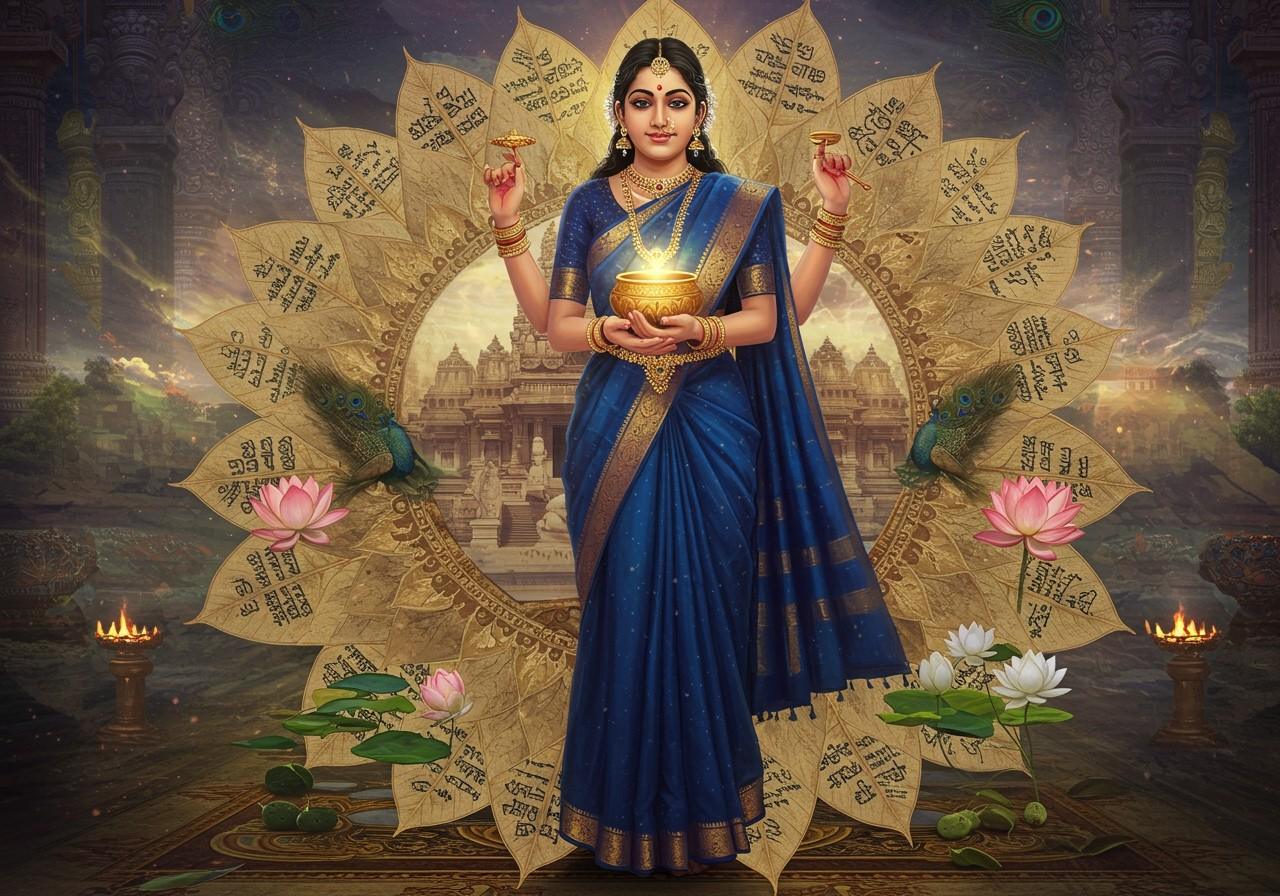
Manimekalai, a jewel among the five great epics of Tamil literature, has enthralled readers for centuries. Penned by the poet Seethalai Sattanar, this literary masterpiece narrates the captivating tale of Manimekalai, the daughter of Kovalan and Madhavi, characters from the renowned Tamil epic Silappathikaram. This blog delves into the diverse translations and adaptations of Manimekalai, highlighting its enduring relevance and captivating appeal across linguistic boundaries.
A Journey Through Time: Historical Background
Composed during the post-Sangam period (2nd to 3rd century CE), Manimekalai is deeply intertwined with Buddhist philosophy, significantly influencing Tamil literature. This epic revolves around Manimekalai’s spiritual journey as she embraces Buddhism, exploring themes of renunciation, compassion, and the pursuit of enlightenment.
Manimekalai in English: Bridging Cultures
Significant English translations of Manimekalai have been undertaken by esteemed scholars like A. L. Basham, R. Parthasarathy, and Prema Nandakumar. These scholars have skillfully navigated the complexities of translating ancient Tamil verse into English, preserving the essence and literary nuances of the original work while making it accessible to a global audience. For readers interested in exploring Tamil literature in English, these translations offer an invaluable gateway.
Manimekalai in Hindi: Expanding Horizons
Hindi translations by scholars like Ramachandra Shukla and Vishwanath Tripathi have further broadened the reach of this Tamil epic, making it accessible to a wider readership. These translations have not only enriched Hindi literature but have also facilitated cultural exchange and appreciation between different linguistic communities. The availability of Manimekalai in Hindi allows readers to connect with the epic’s timeless themes in a familiar language.
Manimekalai in Other Indian Languages: Celebrating Diversity
Manimekalai’s journey across linguistic boundaries extends to other Indian languages like Telugu, Kannada, and Malayalam. Regional scholars have played a crucial role in preserving and promoting this epic, ensuring its continued relevance and accessibility within diverse cultural contexts. These translations reflect the shared literary heritage of India and the enduring power of Manimekalai’s narrative.
Cultural Impact and Modern Adaptations: A Timeless Tale Reimagined
Manimekalai’s influence transcends the realm of literature, permeating various art forms, including Tamil cinema, theatre, and dance. Contemporary adaptations, such as graphic novels and animated series, have introduced this ancient epic to younger generations, ensuring its continued resonance in the modern world. Explore Ramayana characters and life lessons and Ramayana’s enduring influence on Indian culture for insights into the impact of epics on cultural heritage. These resources provide valuable perspectives on the enduring legacy of epic narratives in shaping cultural values and artistic expression. Poojn.in offers a diverse selection of Bel malas, Tulsi malas, and other spiritual items that complement the exploration of ancient epics and cultural traditions.
Notable Translations: A Legacy Preserved
Among the distinguished translations of Manimekalai, the pioneering work of R. B. K. Aiyangar and the more recent rendition by Alain Daniélou with T.V. Gopala Iyer hold special significance. These translations, along with others by scholars like Prema Nandakumar, showcase the enduring scholarly interest in this timeless epic and contribute to its accessibility across linguistic and cultural boundaries. The epic is traditionally divided into thirty chapters, with the initial section focusing on the interactions between Prince Udayakumaran and Manimekalai in Puhār. This intricate narrative, coupled with its philosophical depth, has solidified Manimekalai’s position as a revered work of Tamil literature, often considered a twin epic to Silappadhikaram. For further exploration of ancient Indian texts, consider reading about Valmiki, the author of the Ramayana, or delving into discussions about Ravana’s multifaceted character.
Conclusion: A Timeless Epic’s Enduring Legacy
Manimekalai stands as a testament to the power of literature to transcend time and language. Its translations and adaptations have enabled readers from diverse linguistic backgrounds to engage with its profound themes. This epic’s enduring legacy lies in its ability to inspire, enlighten, and connect people across cultures, reminding us of the shared human experiences that bind us together. Whether exploring spirituality, renunciation, or the complexities of human relationships, Manimekalai offers a timeless narrative that continues to resonate with readers across generations and linguistic landscapes.


